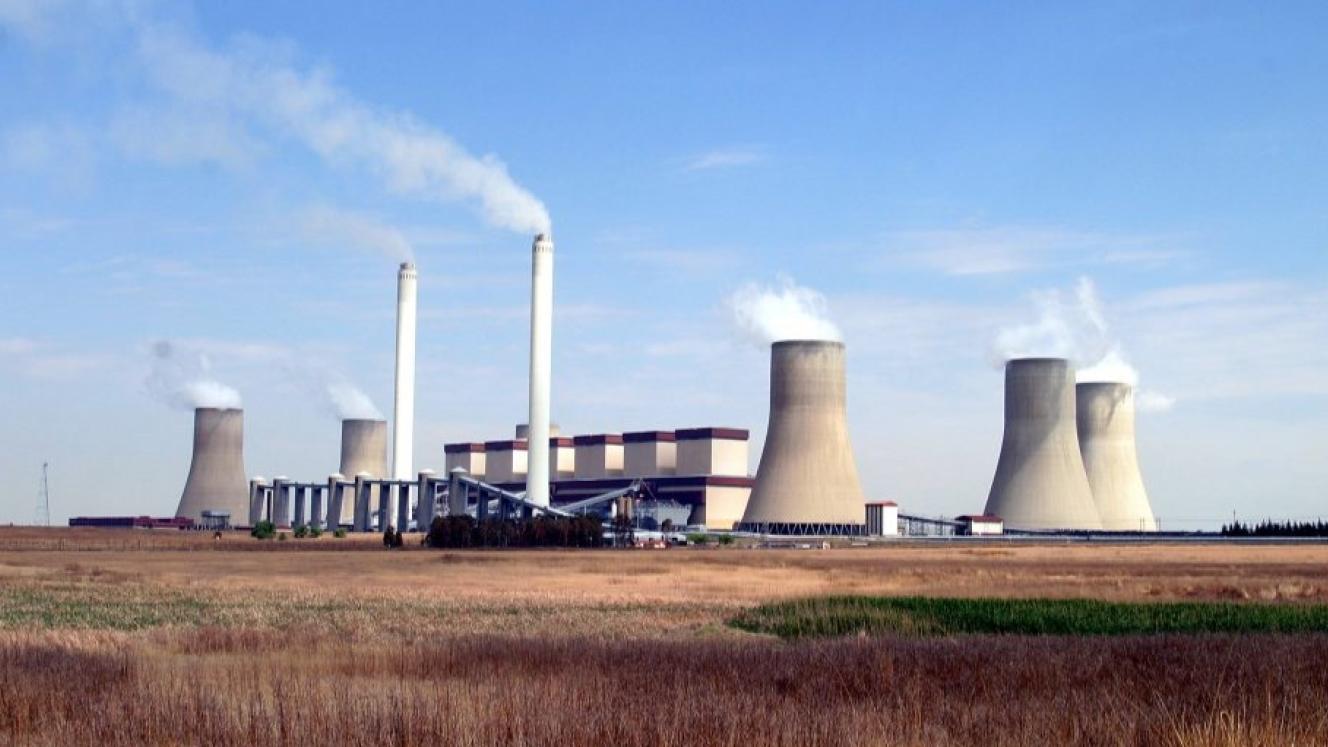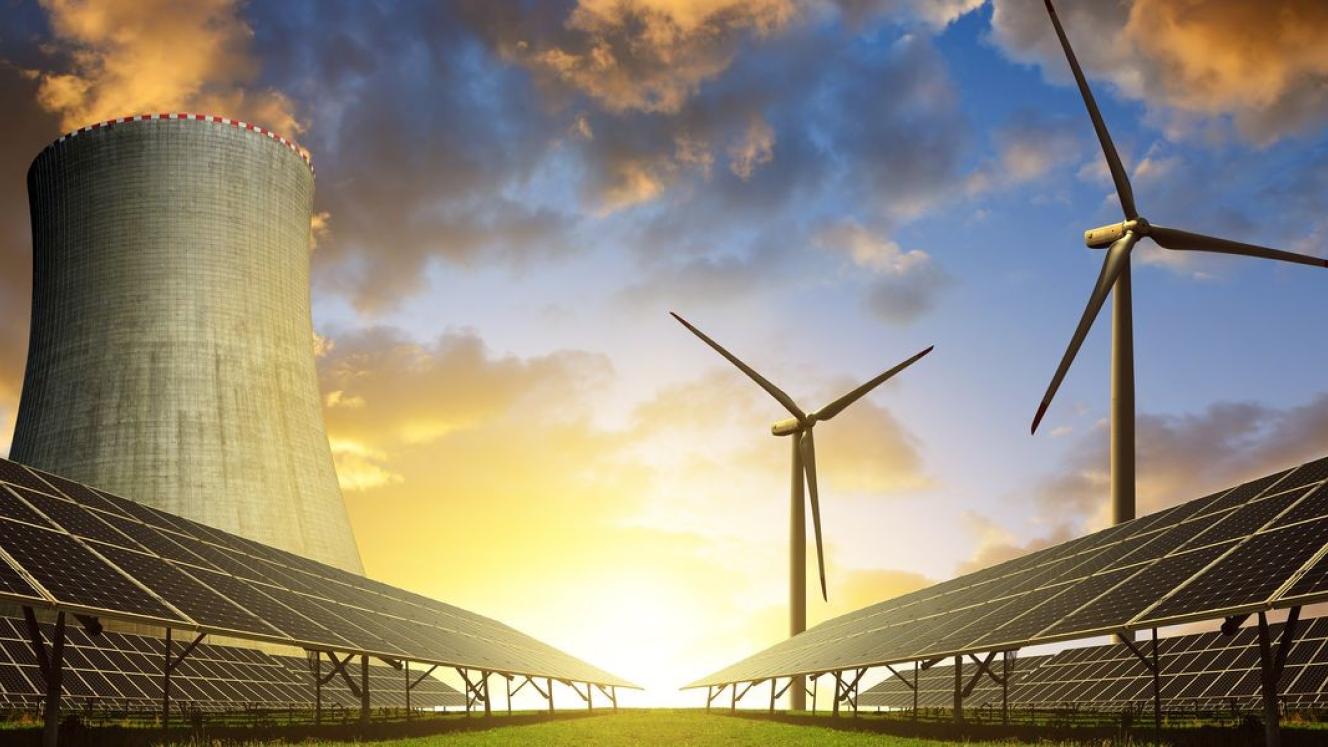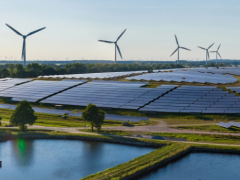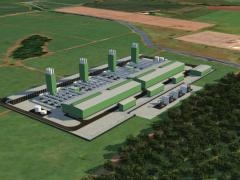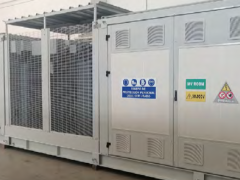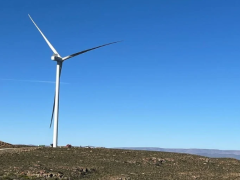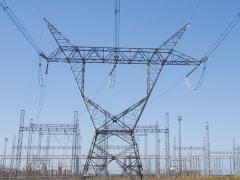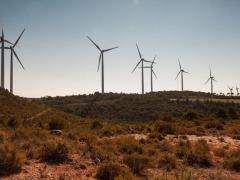Minister of Forestry, Fisheries and the Environment Dr Dion George has granted Eskom conditional exemptions from Minimum Emission Standards (MES) for eight of its coal-fired power stations but warned that the exemptions are temporary and subject to strict compliance conditions.
This follows a strong statement made by the minister last week ahead of his decision, declaring that Eskom’s “time for excuses is over” and urging the utility to accelerate reforms and support the shift to clean energy.
The decision, announced on Monday (March 31), allows six of Eskom’s stations – Kendal, Lethabo, Majuba, Medupi, Matimba and Tutuka – to operate under revised emission limits until April 1, 2030 while Duvha and Matla have been granted exemptions until their scheduled decommissioning in 2034.
The exemptions cover sulphur dioxide, particulate matter or ash and nitrous oxide emissions, and are tailored to each station’s role in the grid and remaining lifespan. Together, the eight facilities contribute approximately 29 000 MW to South Africa’s electricity supply.
“These exemptions are not a blanket reprieve but are tailored to each facility with stringent conditions to mitigate the impacts of non-compliance with the MES,” George said.
Under the minister’s directive, Eskom must meet a range of “rigorous” conditions at fleet and plant levels, including real-time emissions data publishing and expanded air quality monitoring, deployment of mobile clinics and environmental health specialists, socio-economic offsets reaching 96 000 households within 12 months and a revised cost-benefit analysis of flue gas desulphurisation at Medupi within six months.
Ramping up renewables
The utility is also encouraged to ramp up its efforts to urgently support renewable initiatives. “Eskom is encouraged to submit an annual report, due by the end of March each year, detailing progress in facilitating the integration of renewable energy into the grid, supporting the acceleration of licensing processes for new renewable projects and ensuring sufficient renewable capacity is available to replace coal-fired plants as they are phased out.
“This report is essential to demonstrate tangible progress without implying that Eskom must directly undertake the capital-intensive deployment of renewable infrastructure,” George said.
He also urged the private sector, particularly independent power producers (IPPs), to accelerate their efforts in developing and deploying renewable projects. “The pace of this transition hinges on how quickly IPPs can roll out power projects, secure financing, connect to the grid and complete construction – factors that are now the primary determinants of our success in phasing out coal without compromising energy stability.”
In the long term, the Independent Power Producer Office should transition to a permanent home within an independent transmission system with the market operator (transmission system operator) streamlining its role in procurement across public and private sectors, ensuring a coordinated and efficient approach to renewable energy expansion, George said. “This transition will be bolstered by establishing close coordination with the National Transmission Company of South Africa to align transmission planning and procurement decisions, facilitating seamless grid integration of renewable projects.”
To support this shift, the establishment of a competitive power market by April 1, 2026 “must be adhered to”, enabling greater private-sector participation and expediting the integration of renewables, George said.
The rapid implementation of an independent system operator (ISO) is essential. “An ISO will enhance grid management, prioritise renewable energy dispatch and ensure a more efficient and transparent transition away from coal,” he said.
Eskom, in a brief statement, confirmed it will review the decision, noting that the outcome will maintain its licence to operate the eight stations beyond the original March 31, 2025 deadline.
